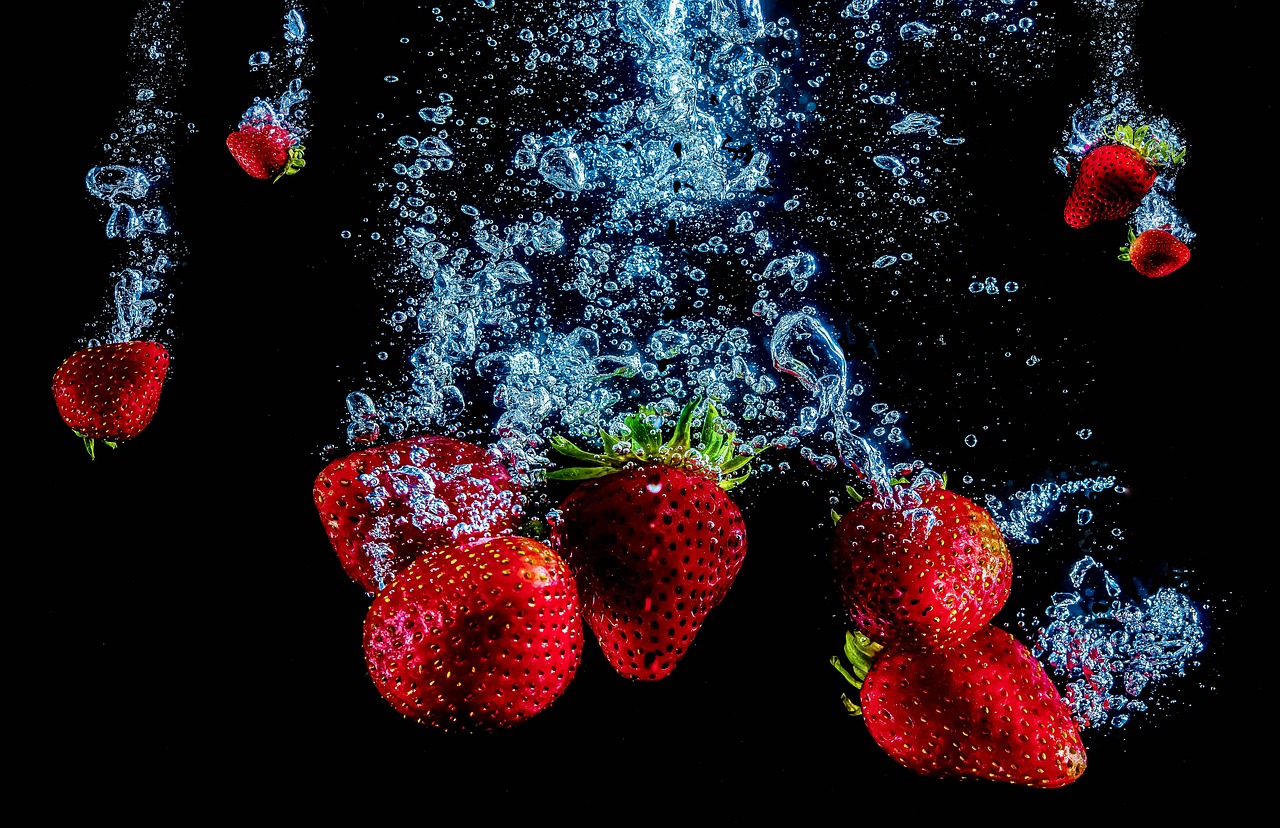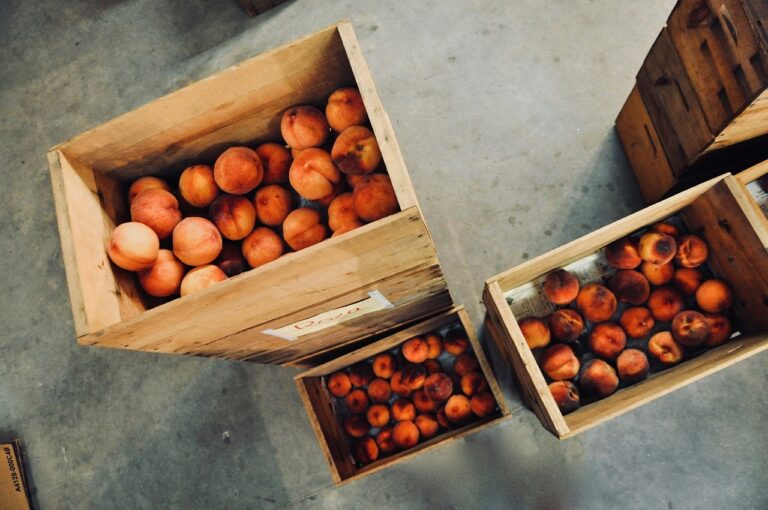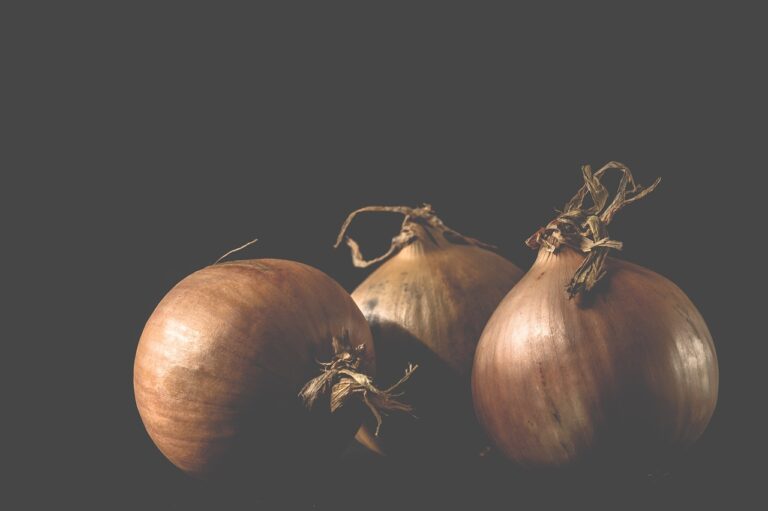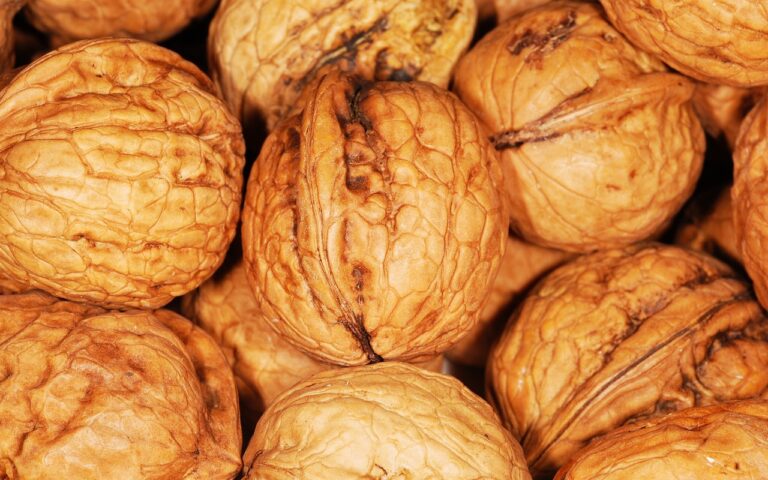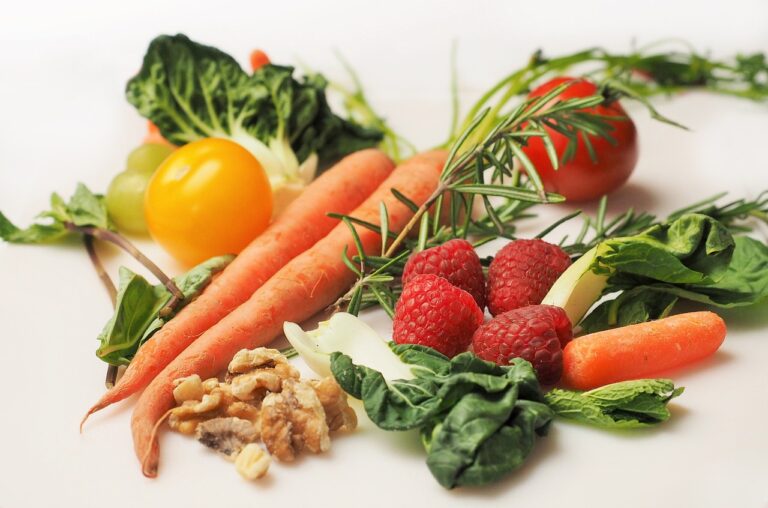The Evolution of Food Packaging: Biodegradable Solutions
Food packaging has evolved significantly over the centuries, adapted to the changing needs of society and advancements in technology. In ancient times, natural materials such as leaves, animal skins, and gourds were utilized to store and transport food. These materials were effective in protecting food from spoilage and external contaminants.
As civilizations progressed, materials like clay pots, ceramic jars, and glass bottles became popular choices for food packaging. These containers offered increased durability and protection, extending the shelf life of perishable goods. Eventually, the industrial revolution ushered in the era of mass production, leading to the widespread use of metals, plastics, and synthetic materials for food packaging purposes.
Development of Biodegradable Food Packaging Solutions
Biodegradable food packaging solutions have been gaining significant attention in recent years due to the growing concerns surrounding environmental sustainability. With the rise in global plastic pollution, there has been a demand for innovative packaging materials that can break down naturally without causing harm to the planet. As a result, researchers and scientists have been actively working on developing biodegradable alternatives to traditional packaging materials.
Various biodegradable materials are being explored for food packaging, such as bioplastics derived from corn starch, sugarcane, or cellulose. These materials offer a sustainable option that can effectively protect food products while also being compostable or biodegradable. Additionally, advancements in technology have led to the creation of biodegradable packaging solutions that boast properties like water resistance and durability, making them suitable for a wide range of food products.
Benefits of Using Biodegradable Packaging for Food
Biodegradable packaging for food offers a sustainable alternative to traditional options. By using materials that can naturally decompose over time, these packaging solutions help reduce the environmental impact of food packaging waste. This means less plastic in landfills, oceans, and other natural habitats, contributing to a cleaner and healthier planet.
In addition, biodegradable packaging can help enhance the overall freshness and quality of food products. These materials are often designed to provide the necessary protection and insulation to keep food items fresh for a longer period. This can lead to less food spoilage and waste, ultimately benefiting both consumers and the environment.
Biodegradable packaging reduces environmental impact by decomposing naturally
Less plastic waste in landfills, oceans, and natural habitats
Contributes to a cleaner and healthier planet
Enhances freshness and quality of food products
Provides necessary protection and insulation to keep food fresh longer
Reduces food spoilage and waste, benefiting both consumers and the environment
What are some examples of traditional food packaging materials?
Traditional food packaging materials include plastic, aluminum, and paper.
How are biodegradable food packaging solutions different from traditional materials?
Biodegradable food packaging solutions are made from materials that can naturally break down and decompose, reducing the environmental impact compared to traditional materials that can take hundreds of years to degrade.
Are biodegradable food packaging solutions as durable as traditional materials?
Biodegradable food packaging solutions have been developed to be just as durable as traditional materials, ensuring that they can still effectively protect food products while being more environmentally friendly.
How do biodegradable food packaging solutions benefit the environment?
Biodegradable food packaging solutions help reduce the amount of plastic waste in landfills and oceans, as they can break down naturally and do not contribute to environmental pollution.
Are biodegradable food packaging solutions more expensive than traditional materials?
While the initial cost of biodegradable food packaging solutions may be slightly higher than traditional materials, the long-term benefits to the environment and overall sustainability make them a cost-effective choice for many food businesses.

